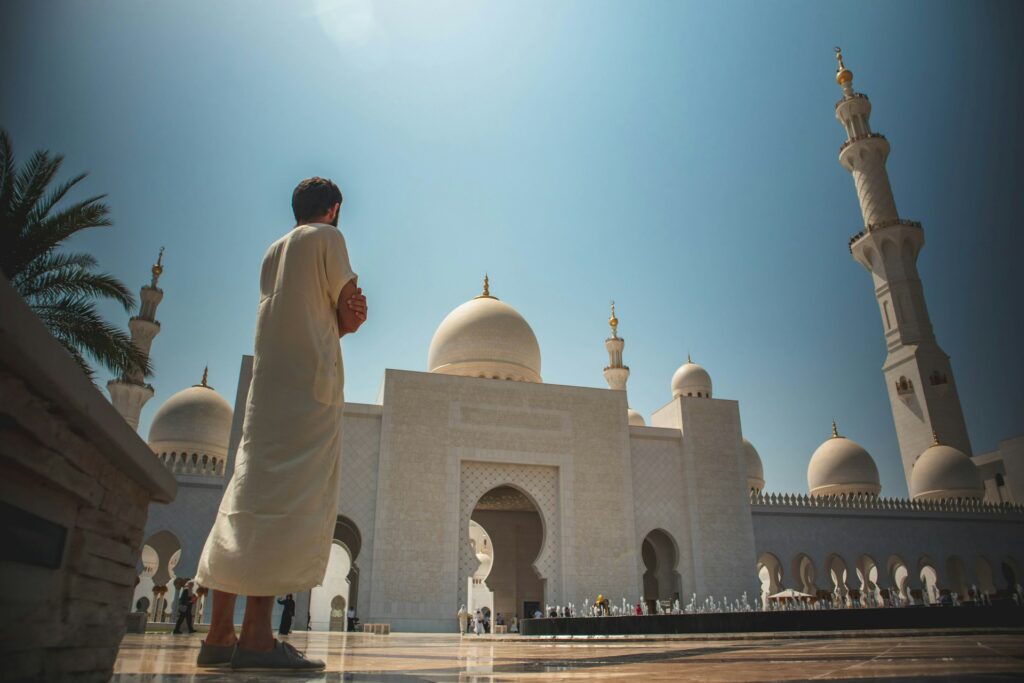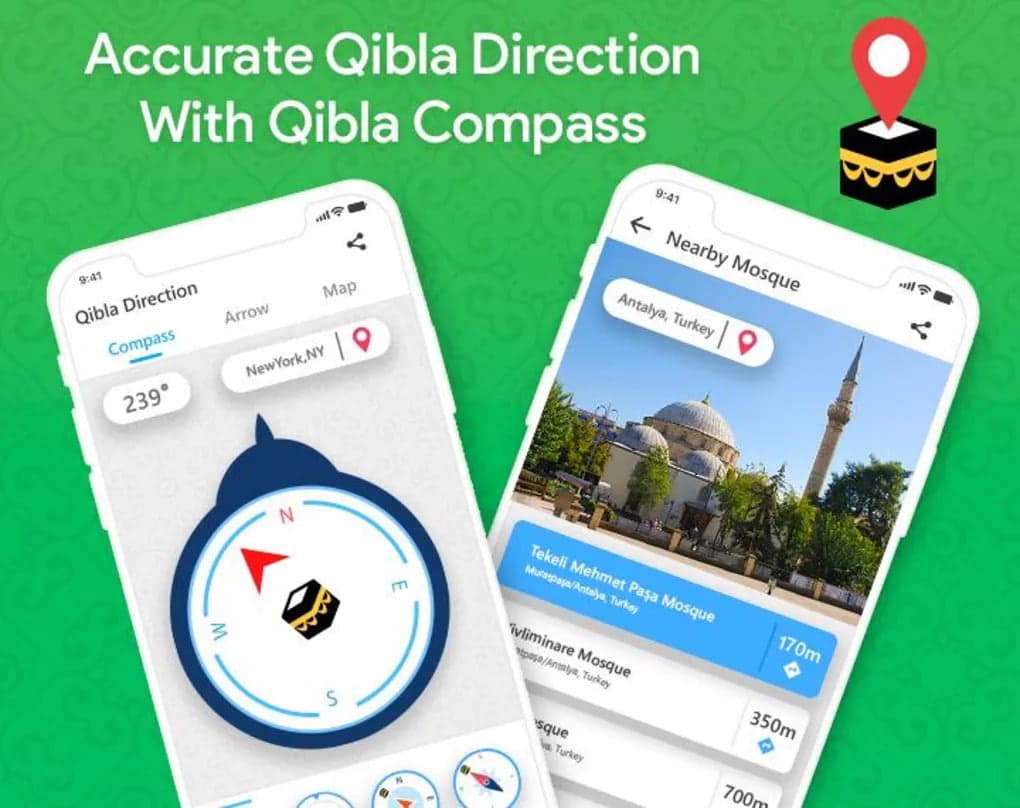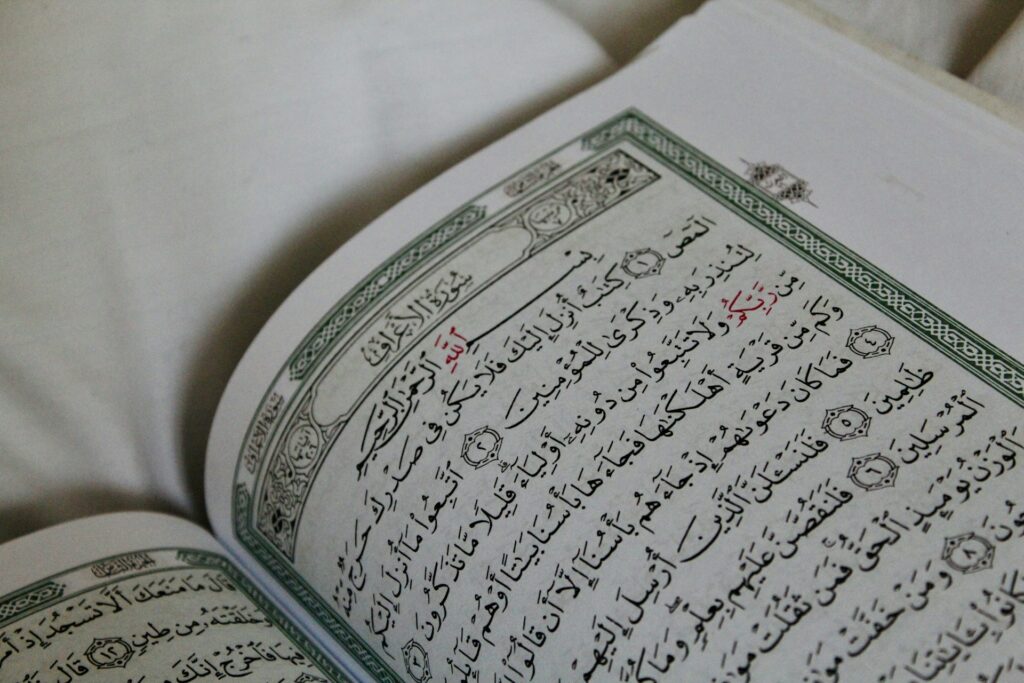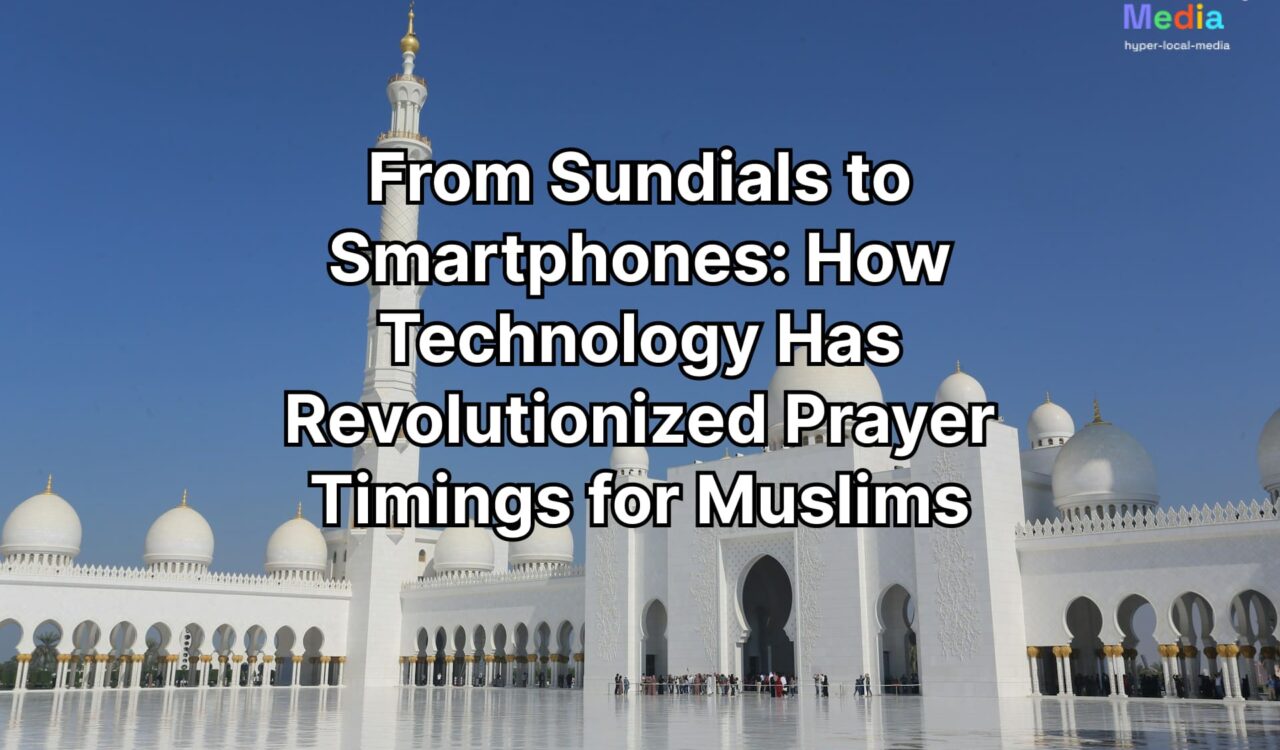Muslims view prayer as an essential part of their daily existence. It is imperative for Muslims to offer the five daily prayers at the designated times. Have you ever wondered, nevertheless, how Muslims have kept track of the hours of prayer throughout history? This article explores how the astounding advancements in technology have affected the way Muslims do their religious duties, including the creation of the prayer schedule.
Islamic Prayer Timings: Their Significance
Understanding the importance of prayer timing in Islam is essential before exploring the development of prayer time technologies. According to the Quran:
“Indeed, prayer has been decreed upon the believers a decree of specified times.” (Quran 4:103)
This verse emphasizes the importance of performing prayers at their prescribed times. The five daily prayers are:
| Prayer | Approximate Time |
|---|---|
| Fajr | Dawn |
| Dhuhr | Noon |
| Asr | Afternoon |
| Maghrib | Sunset |
| Isha | Night |
Tracking the Sun: Conventional Ways to Calculate Prayer Times

When Islam first emerged, Muslims set their prayer times based on natural cues. In this process, the sun’s location was quite important. Prayer times were calculated using sundials, which project shadows in response to variations in the sun’s position. In order to more precisely establish the times of prayer, Islamic scholars also created astrolabes, which are highly advanced devices that can calculate the positions of celestial bodies.
Islamic Scholars’ Function
The development and improvement of techniques for estimating prayer times were greatly aided by Islamic scholars. They created precise prayer schedules by applying their knowledge of Islamic law, astronomy, and mathematics.
The Advent of Mechanical Timekeeping and Prayer Time Tables

Muslims’ calculation of prayer times started to change over time as a result of technical breakthroughs. More accurate timekeeping was made possible with the development of mechanical clocks in the thirteenth century. These antique clocks were out of the general public’s reach, nevertheless.
Printed calendars and prayer schedules gained popularity in the late 19th and early 20th centuries. Often given by mosques or Islamic groups, these tables list the hours of prayer for particular places. These techniques lacked the accuracy and flexibility that modern technology would soon offer, even though they were more practical than using sundials or astrolabes.
The Digital Age: Prayer Times at Your Fingertips
The advent of computers and the internet ushered in a new era of convenience for Muslims seeking to determine prayer times. Websites and software programs were developed to calculate prayer times based on a user’s location. These digital tools took into account factors such as latitude, longitude, and daylight savings time to provide accurate prayer time information.

However, the true game-changer in prayer time technology came with the widespread adoption of smartphones. Mobile apps like Muslim Pro and Prayer Times: , , have made it easier than ever for Muslims to access prayer time information on the go. These apps use GPS technology to provide real-time prayer timings based on the user’s location, ensuring accuracy and convenience.
The Rise of Islamic Apps
The proliferation of Islamic apps has not only made prayer times more accessible but has also provided Muslims with a wealth of resources for their religious practices. These apps offer features such as Quran recitation, Hadith collections, and Islamic calendars.
Challenges and Controversies in Prayer Time Technology
Digital prayer time programs have many advantages, but there have also been drawbacks and disagreements. The accuracy of the calculations made by applications and websites to determine the hour of prayer has drawn criticism from many Muslims. The use of technology in religious rituals has also generated discussion. Some contend that it could encourage a dependence on technology rather than conventional Islamic knowledge.
On the other hand, a lot of Islamic academics have welcomed technology as a means of supporting religious practices. They contend that technology can be a useful tool in carrying out religious obligations, provided it is truthful and does not supersede Islam’s core teachings.
The Future of Prayer-Time Technology

It’s fascinating to think about how technology for prayer times might change in the future as it develops. Could we see AI-powered prayer time reminders that adapt to individual schedules? What about Islamic experiences in virtual reality that let them pray in the world’s holiest mosques?
One thing is for sure: technology will continue to play a significant role in how Muslims observe prayer times. Muslims can use technology to further their spiritual lives and fortify their relationship with Allah by accepting these developments while adhering to the fundamentals of their faith.
Conclusion
The technological progression of prayer time has been quite an adventure, starting with sundials and ending with cellphones. Muslims have traditionally looked for strategies to correctly calculate the hours of prayer and perform their religious duties. Although conventional techniques laid the groundwork, contemporary technology has rendered adhering to prayer routines more effortless than ever.
It’s critical that we never forget that technology is only a tool to support faith as we proceed. It should never take the place of Islamic experts’ instruction or the substance of devotion. Muslims can continue to use technology to improve their religious rituals and deepen their relationship with Allah by striking a balance between tradition and innovation.
Read more on CrunchDubai:
As we move forward, it’s important to remember that technology is merely a tool to assist in faith. It should never replace the essence of worship or the guidance of Islamic scholars. By finding a balance between tradition and innovation, Muslims can continue to utilize technology to enhance their religious practices and strengthen their connection with Allah.

Adil Tariq
Prayer timings are very important for the Muslims, it is interesting how technology has developing ease for the worshippers to support them. Also these tools helps in time management as well. Therefore, these tools also has a business applications
Aleksei Dolgikh
Adil, indeed it’s interesting idea to implement prayer timings in businesses! Need to learn more about it in order to improve ecosystem for Muslim teammates ❤️